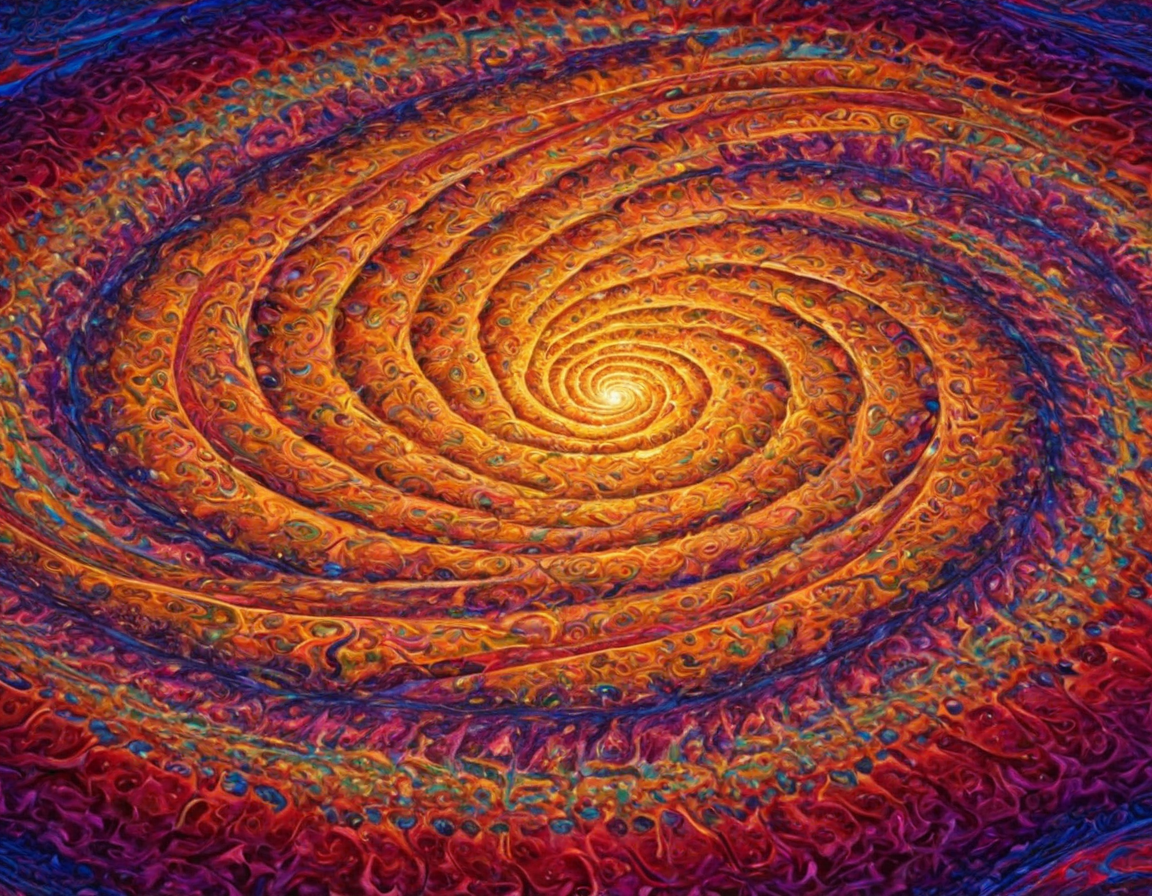DeepDream AI Art Tutorial

Unlocking the Power of DeepDream: A Step-by-Step Guide to Surreal Art with AI Image Generators
As artificial intelligence (AI) technology continues to advance, the creative possibilities it offers are becoming increasingly vast and complex. One area that has garnered significant attention in recent years is the use of deep learning techniques for generating surreal and thought-provoking images. In this article, we will delve into the world of DeepDream, a popular AI image generator that can create stunning and unsettling art.
What is DeepDream?
DeepDream is an open-source neural network-based image processing tool created by Google’s research team in 2015. It uses a technique called “deep convolutional neural networks” (CNNs) to analyze images and apply transformations that result in the generation of surreal and often disturbing content.
Understanding the Basics
Before we dive into the step-by-step guide, it’s essential to understand the fundamental concepts behind DeepDream. At its core, DeepDream is a machine learning model designed to recognize patterns within images. However, when used for artistic purposes, it can be employed to create intriguing and often unsettling visuals.
Step 1: Setting Up Your Environment
To begin using DeepDream, you’ll need a few basic tools:
- A computer with a compatible operating system (Windows, macOS, or Linux)
- An internet connection
- A web browser that supports JavaScript (e.g., Google Chrome, Mozilla Firefox)
You can download the official DeepDream website’s pre-trained model directly from their GitHub repository. The provided link will lead you to a Python script that allows for easy model deployment on your local machine.
Installing Required Software
For this tutorial, we’ll be using Python 3.x as our primary programming language due to its simplicity and ease of use with the required libraries. You can download it from the official Python website (https://www.python.org/downloads/).
Step 2: Preparing Your Image
DeepDream requires a high-quality image as input. The ideal image should be:
- High-resolution (at least 1024x1024 pixels)
- Well-lit and in focus
- Free from excessive noise or artifacts
For the purpose of this tutorial, we’ll use an existing public image to demonstrate the process.
Step 3: Configuring DeepDream Settings
After downloading and installing the necessary software, you can configure your DeepDream settings according to your desired level of surrealism. This includes:
- Iteration count: Controls how many times the model is applied to the original image
- Threshold value: Adjusts the model’s sensitivity to noise and artifacts
These parameters can be fine-tuned manually or using pre-defined configurations available in online resources.
Step 4: Applying DeepDream Transformations
Using your configured settings, you can now apply the DeepDream transformation to your prepared image. This process typically takes several minutes to complete depending on the complexity of the model and the size of the input image.
During this time, you’ll notice the original image undergoing a series of transformations that result in the generation of surreal content. The outcome may be unexpected and potentially disturbing, as intended by its creators.
Step 5: Refining Your Art
Once the transformation is complete, you can refine your art further using various techniques such as:
- Color correction: Adjusting the color palette to better suit your desired aesthetic
- Post-processing: Removing noise or artifacts introduced during the DeepDream process
These steps allow for a level of customization and control over the final product.
Conclusion
DeepDream has opened up new avenues for artistic expression, pushing the boundaries of what is possible with AI image generators. By following these step-by-step guidelines, you can unlock your creativity and produce stunning surrealist art that will leave viewers questioning reality.
As we continue to advance in this uncharted territory, it’s essential to remember the power and responsibility that comes with wielding such technology. The possibilities are endless, but so is the potential for misuse. Let us proceed with caution and respect for the creative endeavors of others.
What’s next?
Will you explore the depths of DeepDream or venture into other realms of AI-generated art? Share your thoughts in the comments below.
Tags
deepdream-guide surreal-ai-creations neural-networks-image-generation step-by-step-artificial-intelligence-tutorial how-to-create-with-ai
About Valentina Torres
As a seasoned editor at gophotos.com, I help creators harness the power of AI and smart photography tools to elevate their visual content. With a passion for innovative storytelling, I've worked closely with artists and brands to bring their unique visions to life – from editing to generation, I'm always excited to explore the latest visual possibilities.
